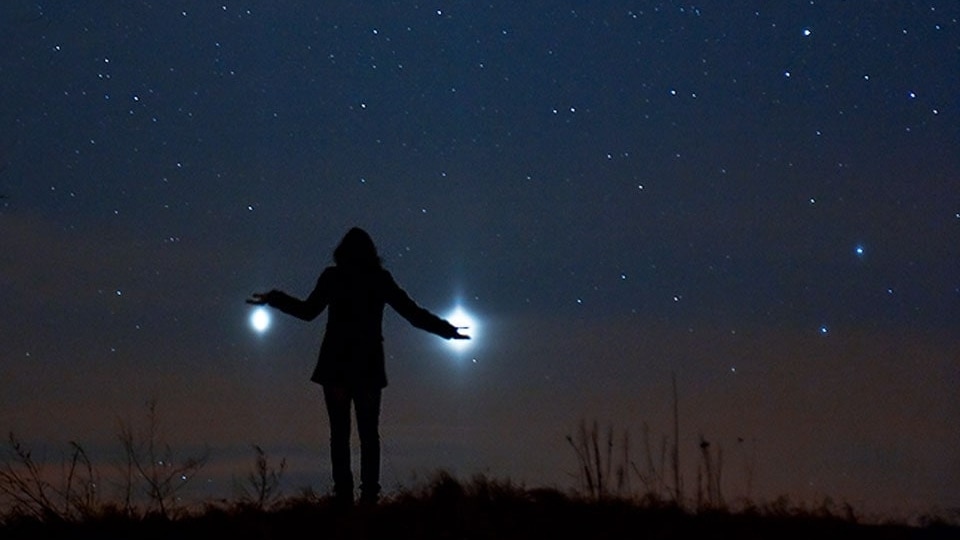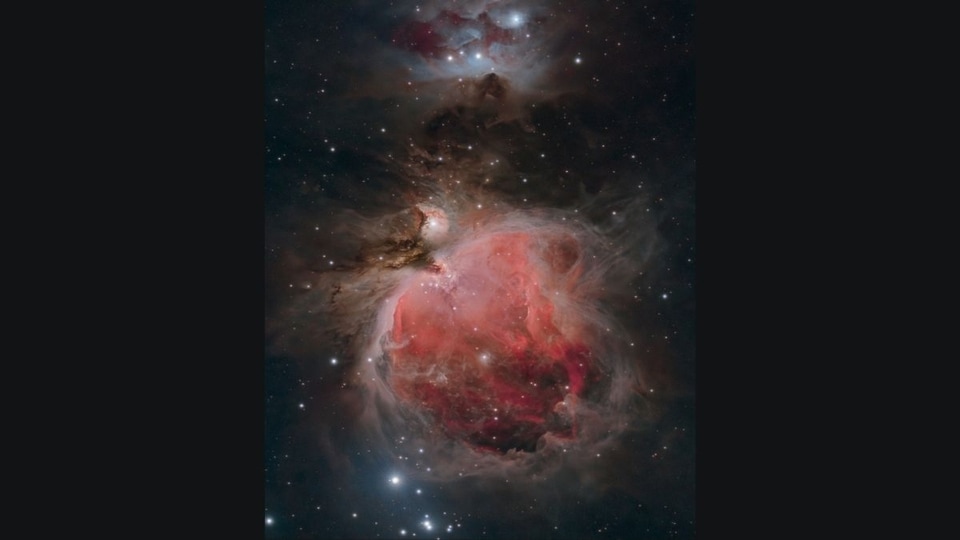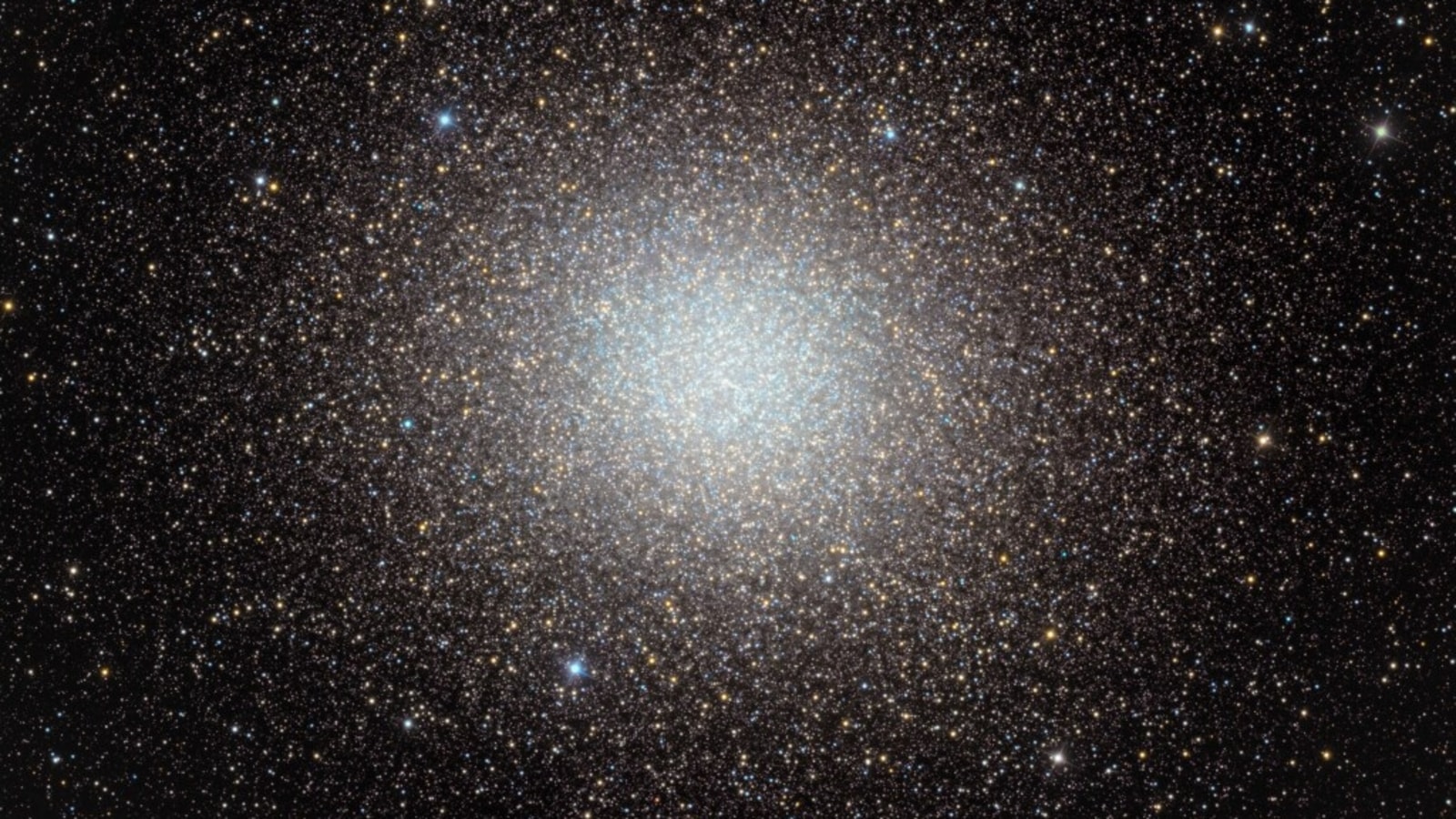NASA Astronomy Picture of the Day 16 March 2023: Stars in Omega Centauri star cluster
NASA’s Astronomy Picture of the Day is a captivating snapshot of millions of stars in the Omega Centauri star cluster located in the Centaurus constellation.






 View all Images
View all ImagesStars are the most widely recognized astronomical objects and represent the most fundamental building blocks of galaxies. According to NASA, stars are formed in a giant cloud of dust and gas in space, known as a Nebula. After formation, many stars form groups from the same Nebula, forming a Star Cluster. Star clusters can contain as few as ten stars or as many as millions of stars. The age, distribution, and composition of the stars in a galaxy trace the history, dynamics, and evolution of that galaxy.
Today's NASA Astronomy Picture of the Day is a captivating snapshot of millions of stars in the Omega Centauri star cluster. Also known as NGC 5139, Omega Centauri is located about 15000 light-years away in the constellation Centaurus. It was the first non-stellar object identified by English astronomer Edmond Halley 1677. According to NASA, Omega Centauri could also be the remnant core of a small galaxy merging with the Milky Way Galaxy.
Omega Centauri is the largest known globular star cluster in our Milky Way Galaxy, spanning about 150 light-years across. The picture was captured by astronomer Neil Corke at the Heaven's Mirror Observatory in Australia.
NASA's description of the picture
Globular star cluster Omega Centauri, also known as NGC 5139, is 15,000 light-years away. The cluster is packed with about 10 million stars much older than the Sun within a volume about 150 light-years in diameter. It's the largest and brightest of 200 or so known globular clusters that roam the halo of our Milky Way galaxy.
Though most star clusters consist of stars with the same age and composition, the enigmatic Omega Cen exhibits the presence of different stellar populations with a spread of ages and chemical abundances. In fact, Omega Cen may be the remnant core of a small galaxy merging with the Milky Way. Omega Centauri's red giant stars (with a yellowish hue) are easy to pick out in this sharp, color telescopic view.
Catch all the Latest Tech News, Mobile News, Laptop News, Gaming news, Wearables News , How To News, also keep up with us on Whatsapp channel,Twitter, Facebook, Google News, and Instagram. For our latest videos, subscribe to our YouTube channel.




























